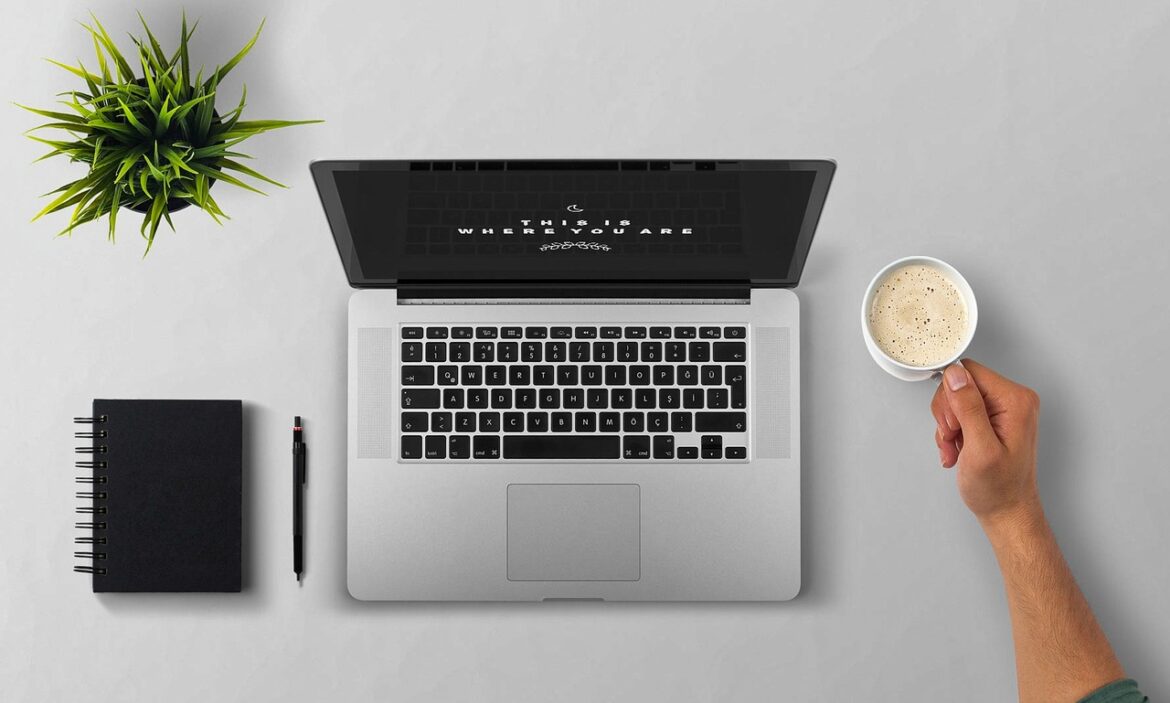Let’s face it: digital transformation is everywhere these days, and nowhere is this more obvious than in the creative arts and business landscape. But what does it actually mean for artists, designers, and creative companies? Here’s a snapshot of the most exciting and practical trends happening right now—real people, real impact, real stories.
1. AI-Enhanced Design Practices: The Artist’s New Best Friend Gone are the days of sitting alone in front of a blank canvas. In 2025, AI is like a creative buddy for designers. Venngage’s AI Muse, for example, speeds up graphic design by turning simple prompts into event posters, brochures, or logos in seconds. Imagine getting ideas for color palettes, mood boards, or even animations from just a few words. Rapid prototyping is now a snap—designs that once took hours or days are whipped up on the spot. The Swedish fintech company Klarna already uses AI-generated images for marketing, blending human creativity with machine efficiency.
2. The Rise of Accessible and Inclusive Digital Art Digital technology is no longer just for tech wizards—tools are getting easier and more adaptable. Online design suites let people of all abilities create and share art. Color correction, image resizing, and background removal are now automated, freeing up time for brainstorming and polishing. This shift means more people, including those with disabilities, have a seat at the creative table.
3. Motion Graphics Take Center Stage Static posters and logos? Old news. Motion graphics are hot in 2025, thanks to platforms like Instagram and TikTok, where animation grabs attention like never before. Even small businesses can now use motion tools to create eye-catching ads, making their brands move and engage audiences. Spotify’s yearly Wrapped campaign—where animated graphics make your top songs jump off the screen—proves that motion is now essential, not optional.
4. Maximalism Meets Minimalist Tech Design trends are always shifting, and this year, bold maximalism is back. Brands like Gucci show how layers of colors, patterns, and textures create unforgettable identities. But don’t mistake maximalism for messy—digital tools help designers blend wild creativity with digital precision, letting them layer, tweak, and revise until everything clicks.
5. AR Advertising: The Next Digital Playground Augmented reality isn’t just for games anymore. Companies like BrandXR are changing city streets into interactive digital galleries. Imagine walking through a shopping district where every window and billboard offers AR experiences—product demos, promos, and even real-time personalization based on who’s looking. With 5G and edge computing, these experiences load instantly and look stunning on any device, from smartphones to smart glasses.
Bottom Line The arts world is undergoing nothing short of a digital renaissance. AI, motion, accessibility, and immersive tech are changing how we create, share, and experience art. For artists and businesses alike, the message is clear: embrace the change, and the possibilities are endless.
References:
- https://venngage.com/blog/graphic-design-trends/
- https://www.techcxo.com/the-evolution-from-digital-transformation-to-artificial-intelligence-lessons-from-25-years-on-the-frontlines/
- https://www.arvato-systems.com/blog/rise-with-sap-strategic-answers-business-trends-2025
- https://www.siliconluxembourg.lu/outlook-2025-the-trends-youll-swear-you-saw-coming-serge-linckels/
- https://elements.envato.com/learn/logo-and-branding-trends
- https://www.gatesnotes.com/books/reading-lists/reader/summer-books-2025
- https://www.brandxr.io/business-case-for-augmented-reality-advertising-2025
- https://www.comnetwork.org/jobs



